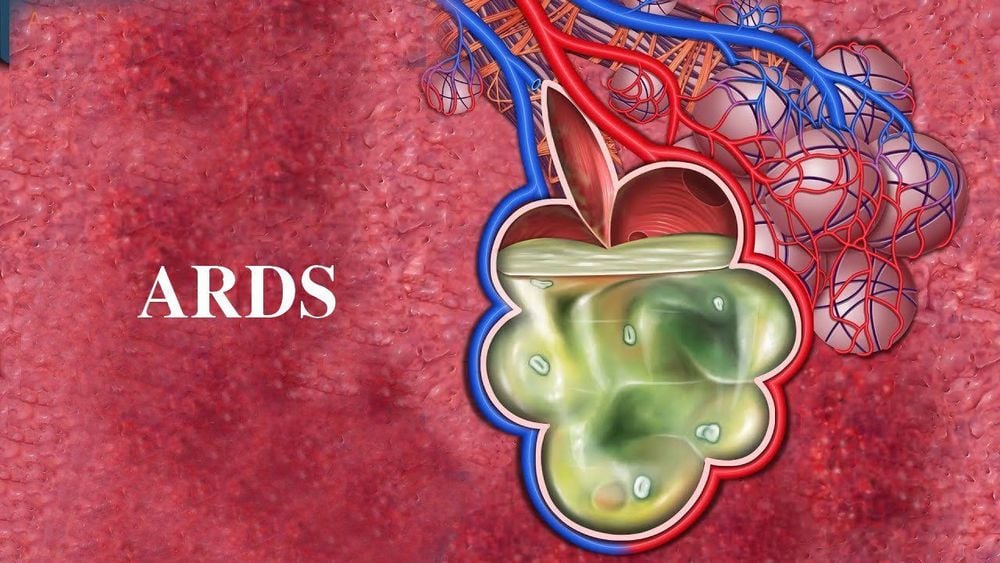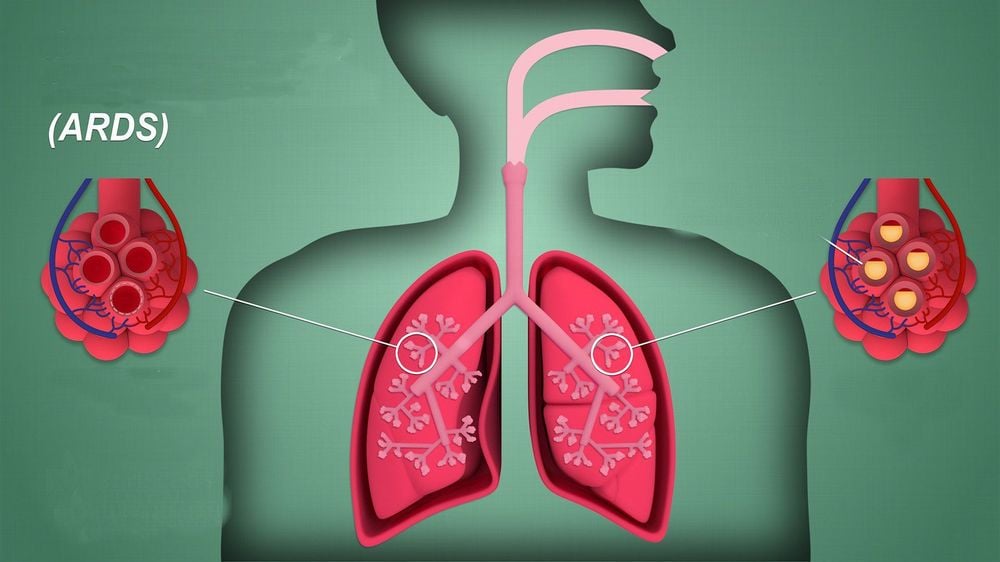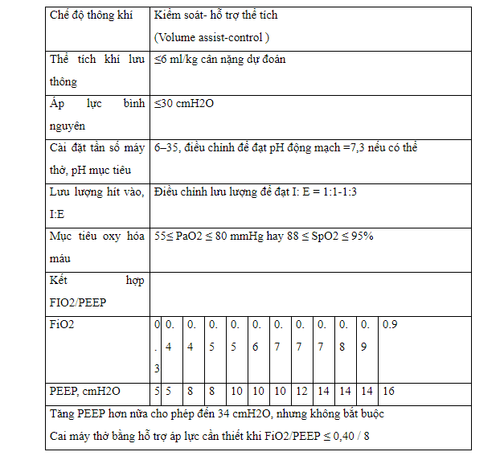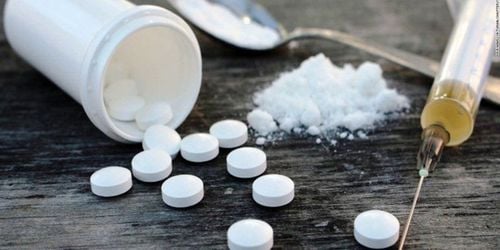This is an automatically translated article.
Adult Severe Respiratory Distress Syndrome (ARDS) is a serious illness, often associated with multiple organ failure, that causes a mortality rate of up to 40% in 200,000 critically ill patients in the United States each year. ARDS is characterized by pulmonary edema, severe arterial hypoxia, and decreased carbon dioxide emissions. Up to now, the death rate from ARDS has been significantly reduced with lung-protective ventilatory measures, while drug treatment has not yielded good results.
1. Adult Severe Respiratory Distress Syndrome What is ARDS?
Severe respiratory distress syndrome in adults ARDS is a clinical respiratory syndrome, presenting with dyspnea, severe, rapid onset, pulmonary infiltrates and hypoxia leading to respiratory failure. ARDS was first described by Ashbaught et al in 1967. But in 1994, the US-European Consensus Conference redefined the disease as follows:“ ARDS is acute onset respiratory failure , bilateral pulmonary infiltrates on chest X-ray, hypoxemia determined by PaO2/FiO2 ≤ 200 mmHg, no evidence of elevated left atrial or pulmonary capillary pressure <18 mmHg.
However, over 17 years, medical science has found that the diagnosis of ARDS by this definition has average confidence. In 2011, the Berlin definition of ARDS syndrome was born, discussed and revised by an international group of experts based on the old definition.
Accordingly, ARDS is revised: the standard is less than 7 days to determine the acute onset, the requirement to measure pulmonary artery pressure is removed, etc. The Berlin definition has overcome the shortcomings of the definition. old ARDS meaning, increased reliability, has a predictive value of mortality.

Hội chứng suy hô hấp nặng ở người lớn ARDS
2. How dangerous is ARDS respiratory distress syndrome?
The prevalence of severe respiratory distress syndrome in adults is 58/100,000 per year, and 141,500 new cases. The mortality rate reported in 2005 was 59,000 in US healthcare facilities. This rate reaches 40% of the total 200,000 critically ill patients in the United States each year, a marked decrease in recent years.
From 2001 to 2008, statistics show a decrease in adult hospitalizations for ARDS, which is attributed to a more prudent use of blood products, a decrease in hospital-acquired infections, and the use of lung-protective ventilation. widely.
To date, the pathophysiology of ARDS is not completely understood.
3. Causes of severe respiratory failure ARDS
The cause of severe respiratory failure in adults with ARDS is diffuse lung injury, from a variety of medical and surgical conditions.
Of the pathological causes of ARDS, more than 80% of cases are caused by: bacterial pneumonia (accounting for 40-50%), severe sepsis, trauma, aspiration of gastric juice, drug overdose, too much transmission. The other common surgical causes are: multiple fractures, lung contusion, chest trauma. Rarely, drowning, head trauma, burns or inhalation of toxic gases have progressed to severe respiratory failure ARDS.

Có nhiều nguyên nhân gây ra bệnh lý gây ARDS
4. Treatment of ARDS
In recent years, the rate of patients dying from ARDS has decreased significantly due to medical advances, especially when caring for critically ill patients. Accordingly, when taking care of patients with effective ARDS treatment, it is important to note:
Identify and treat the underlying pathologies; Mechanical ventilation with lung protection mode; Fluid balance; Reduce complications of treatment and procedures; Prophylaxis of venous thrombosis, gastrointestinal bleeding, avoid infection, aspiration, avoid excessive sedation; Provide adequate nutrition. In which, mechanical ventilation with lung protection plays an important role. Below is the implementation strategy developed by the US National Institute of Cardiology and Pulmonary Hematology, ARDS network.

Severe respiratory distress syndrome in adults ARDS has a severe and rapid progression, has a high mortality rate, is associated with many medical and surgical diseases. Although there is still no specific treatment, ARDS patients will be treated with many new effective methods.
The results of treatment depend greatly on the time when the disease is detected. Therefore, when the body appears strange symptoms, you should immediately go to a medical facility for an accurate examination and diagnosis. To register for examination and treatment at Vinmec International General Hospital, you can contact the nationwide Vinmec Health System Hotline, or register online HERE.













